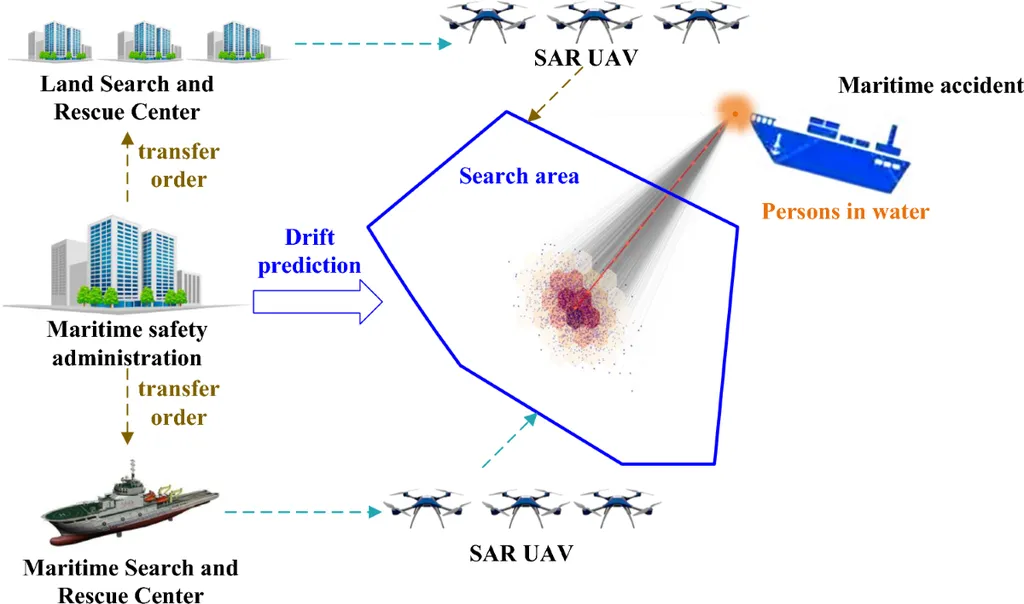Eric Mugford and Jonathan D. Gammell, researchers at the University of British Columbia, have developed a groundbreaking algorithm for search and rescue (SAR) operations, particularly in maritime environments where time is of the essence. Their work, titled “ASAR: ε-Optimal Graph Search for Minimum Expected-Detection-Time Paths with Path Budget Constraints for Search and Rescue,” introduces a novel approach to optimizing search paths in uncertain and large-scale scenarios.
The researchers highlight the inherent challenges in SAR operations, such as the uncertainty of the target’s location, imperfect observation capabilities, and the vastness of search areas. These factors make the optimization problem particularly complex, especially in maritime SAR where the expected survival time of missing persons or objects is often short. Traditional stochastic optimization methods, while useful, lack formal guarantees on the quality of solutions within finite time frames.
To address these challenges, Mugford and Gammell present ASAR, an ε-optimal search algorithm designed specifically for SAR planning. This algorithm employs a heuristic to bound the search space effectively, ensuring that the solutions found are within a user-specified factor, ε, of the optimal solution. By utilizing graph-search methods, ASAR guarantees that the solutions are not only efficient but also formally optimal within the given constraints.
The effectiveness of ASAR was demonstrated through operational simulations, where it outperformed existing optimization approaches by finding better solutions more quickly. Furthermore, the algorithm was tested in a real-world field trial on Lake Ontario, Canada. In this trial, ASAR successfully located a drifting manikin in just 150 seconds, showcasing its practical applicability and efficiency in real-world scenarios.
The implications of this research are significant for the maritime sector. By providing a reliable and efficient method for SAR planning, ASAR can enhance the likelihood of successful rescues, ultimately saving lives. The algorithm’s ability to handle large and complex search spaces with formal guarantees on solution quality makes it a valuable tool for maritime authorities and rescue teams. As Mugford and Gammell continue to refine and expand the capabilities of ASAR, its potential to revolutionize SAR operations and improve outcomes in critical situations becomes increasingly evident. Read the original research paper here.

